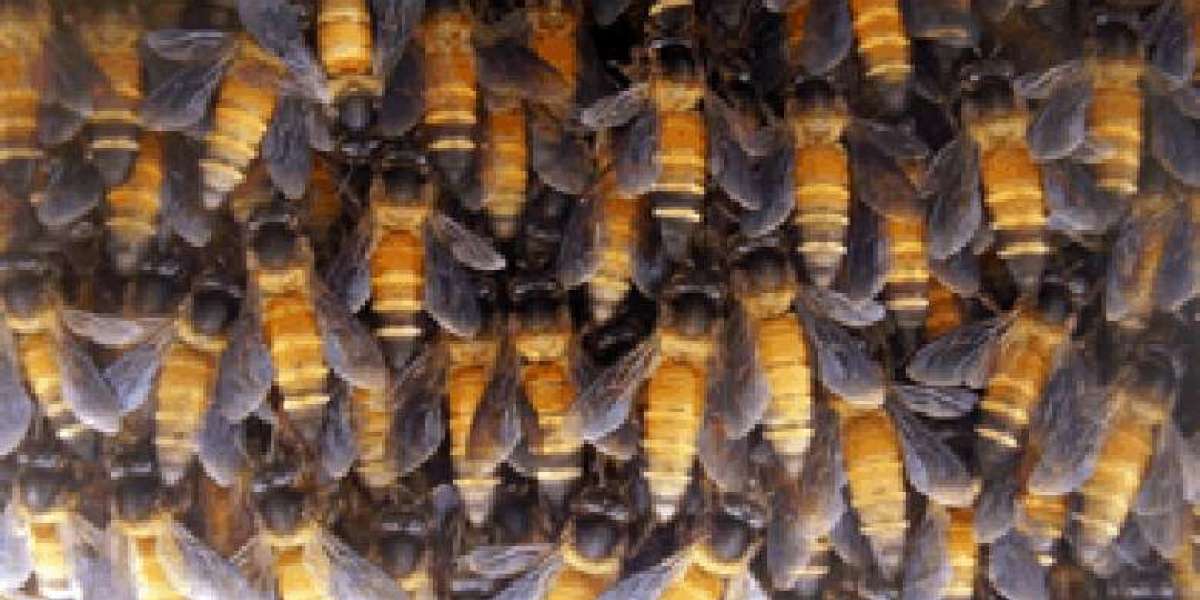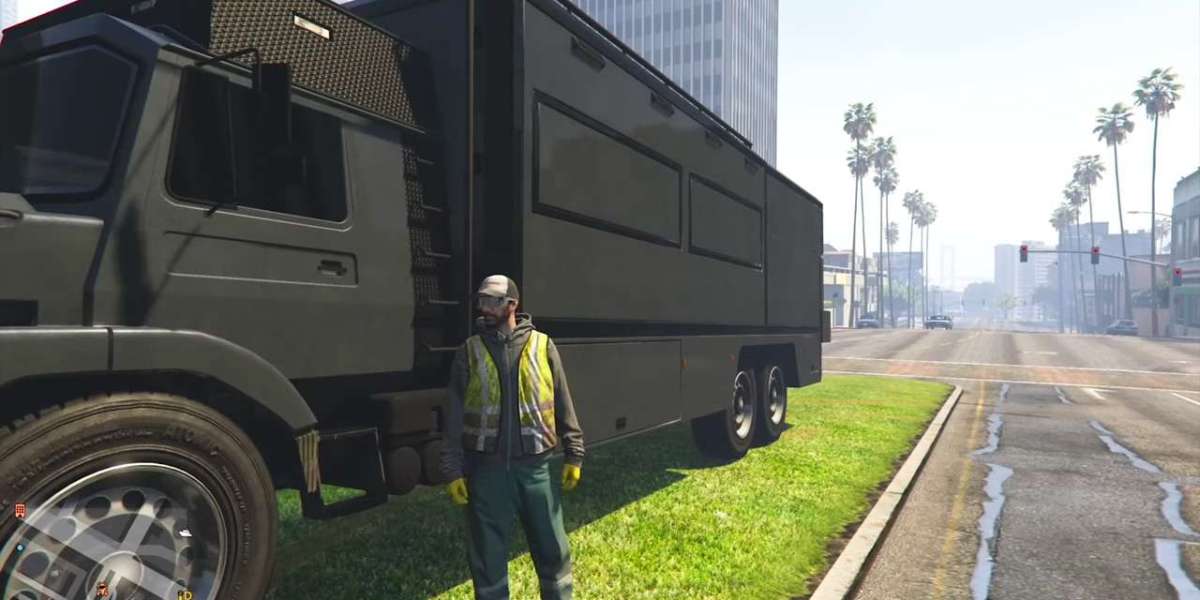Honey bees are among the most fascinating and essential creatures on Earth. They play a critical role in pollinating crops and wild plants, ensuring the survival of ecosystems and the production of food. But did you know that not all honey bees are the same? A honey bee colony is a complex society with distinct types of bees, each with unique roles and responsibilities. Understanding these roles is not only fascinating but also crucial for beekeepers who want to manage their hives effectively. And when it comes to beekeeping, safety is paramount—this is where ventilated bee suits come into play. In this blog, we’ll explore the different types of honey bees, their roles, and why protective gear like ventilated bee suits is essential for beekeepers.
1. The Different Types of Honey Bees
A honey bee colony is a well-organized society with three primary types of bees: the queen, worker bees, and drone bees. Each type has a specific role that contributes to the survival and success of the hive.
The Queen Bee: The Heart of the Colony
The queen bee is the most important member of the hive. Her primary role is to lay eggs—up to 2,000 per day during peak seasons! She is the only reproductive female in the colony and is responsible for maintaining the population. The queen also produces pheromones that regulate the behavior and unity of the hive. Without her, the colony would quickly collapse.
Worker Bees: The Backbone of the Hive
Worker bees are female bees that do not reproduce. They make up the majority of the hive and perform a wide range of tasks, including:
Foraging for nectar and pollen
Feeding the queen and larvae
Building and repairing the hive
Guarding the hive from intruders
Cleaning and maintaining the hive
Worker bees are incredibly versatile and adapt their roles based on the needs of the colony and their age. Younger worker bees typically work inside the hive, while older bees take on the riskier task of foraging.
Drone Bees: The Male Contributors
Drone bees are the male members of the colony. Their sole purpose is to mate with a virgin queen from another hive. Unlike worker bees, drones do not have stingers and cannot forage or perform hive tasks. After mating, drones die, and those that do not mate are often expelled from the hive before winter to conserve resources.

2. Roles and Responsibilities of Honey Bees
The success of a honey bee colony depends on the precise division of labor among its members. This分工 (division of labor) ensures that every task, from reproduction to foraging, is carried out efficiently.
The Queen’s Role in Reproduction
The queen’s ability to lay thousands of eggs ensures the colony’s growth and survival. Her pheromones also play a crucial role in maintaining order and preventing worker bees from laying eggs.
Worker Bees: The Multitaskers
Worker bees are the ultimate multitaskers. Their responsibilities change as they age:
Nurse Bees: Young worker bees care for the larvae and feed them royal jelly.
Foragers: Older worker bees travel up to 5 miles to collect nectar, pollen, and water.
Guard Bees: These bees protect the hive from predators like wasps and other intruders.
House Bees: They clean the hive, build honeycombs, and store food.
Drones: The Mating Specialists
Drones exist solely for reproduction. They fly to drone congregation areas, where they compete to mate with a virgin queen. While their role may seem limited, it is vital for genetic diversity and the survival of future colonies.
3. Why Beekeepers Need Protective Gear
Working with honey bees can be incredibly rewarding, but it also comes with risks. Bees are generally docile, but they can become defensive if they feel their hive is threatened. This is why protective gear is essential for beekeepers. Without the right equipment, even the most experienced beekeeper can fall victim to multiple stings, which can be painful and, in some cases, dangerous for those with allergies.
The Importance of Bee Suits
Bee suits are designed to protect beekeepers from stings while allowing them to work comfortably. A high-quality ventilated bee suit is particularly important because it provides protection without causing overheating, especially during hot weather or extended hive inspections. These suits are a must-have for beekeepers who want to stay safe and comfortable while tending to their hives.
How Ventilated Bee Suits Enhance Safety
Ventilated bee suits are made with breathable mesh panels that allow airflow while keeping bees out. This design is crucial for beekeepers who spend long hours tending to their hives. The suits also feature elastic cuffs, zippered veils, and reinforced seams to ensure maximum protection. Pairing a ventilated bee suit with one of the best beekeeping veils further enhances safety by providing clear visibility and preventing bees from accessing the face and neck area. The combination of a ventilated suit and a high-quality veil ensures that beekeepers can work efficiently and safely, even during the busiest hive inspections.
4. Choosing the Right Ventilated Bee Suit
Not all bee suits are created equal. When selecting a ventilated bee suit, consider the following factors:
Material and Durability
Look for suits made from high-quality, durable materials that can withstand repeated use and washing. The fabric should be thick enough to prevent stings but lightweight for comfort.
Ventilation Features
The best ventilated bee suits have mesh panels in strategic areas, such as the torso and back, to promote airflow. This is especially important in warm climates or during summer months.
Fit and Comfort
A well-fitting bee suit is essential for mobility and comfort. Look for suits with adjustable straps, elastic cuffs, and ample room for movement. Some suits also come with padded shoulders for added comfort when wearing additional gear.
Additional Features
Consider suits with extra features like tool pockets, reinforced knees, and detachable veils. These additions can make your beekeeping tasks more efficient and enjoyable.
5. How Understanding Bee Types Enhances Beekeeping
Understanding the different types of honey bees and their roles can significantly improve your beekeeping practices. Here’s how:
Better Hive Management
Knowing the roles of the queen, workers, and drones helps you identify issues within the hive. For example, a lack of worker bees may indicate a problem with the queen, while an overabundance of drones could suggest a failing queen.
Improved Safety
Understanding bee behavior can help you anticipate and avoid defensive reactions. For instance, worker bees are more likely to sting when they feel the hive is threatened, so wearing a ventilated bee suit during inspections is crucial.
Enhanced Productivity
By recognizing the needs of your bees, you can provide better care and ensure a healthy, productive hive. This includes knowing when to harvest honey, when to split a hive, and how to manage pests and diseases.
Conclusion
Honey bees are remarkable creatures with a complex social structure. Each type of bee—queen, worker, and drone—plays a vital role in the survival and success of the colony. For beekeepers, understanding these roles is key to effective hive management and productivity. And when it comes to working with bees, safety should always be a top priority. Investing in a high-quality ventilated bee suit ensures that you can tend to your hives comfortably and safely, no matter the weather or task.














